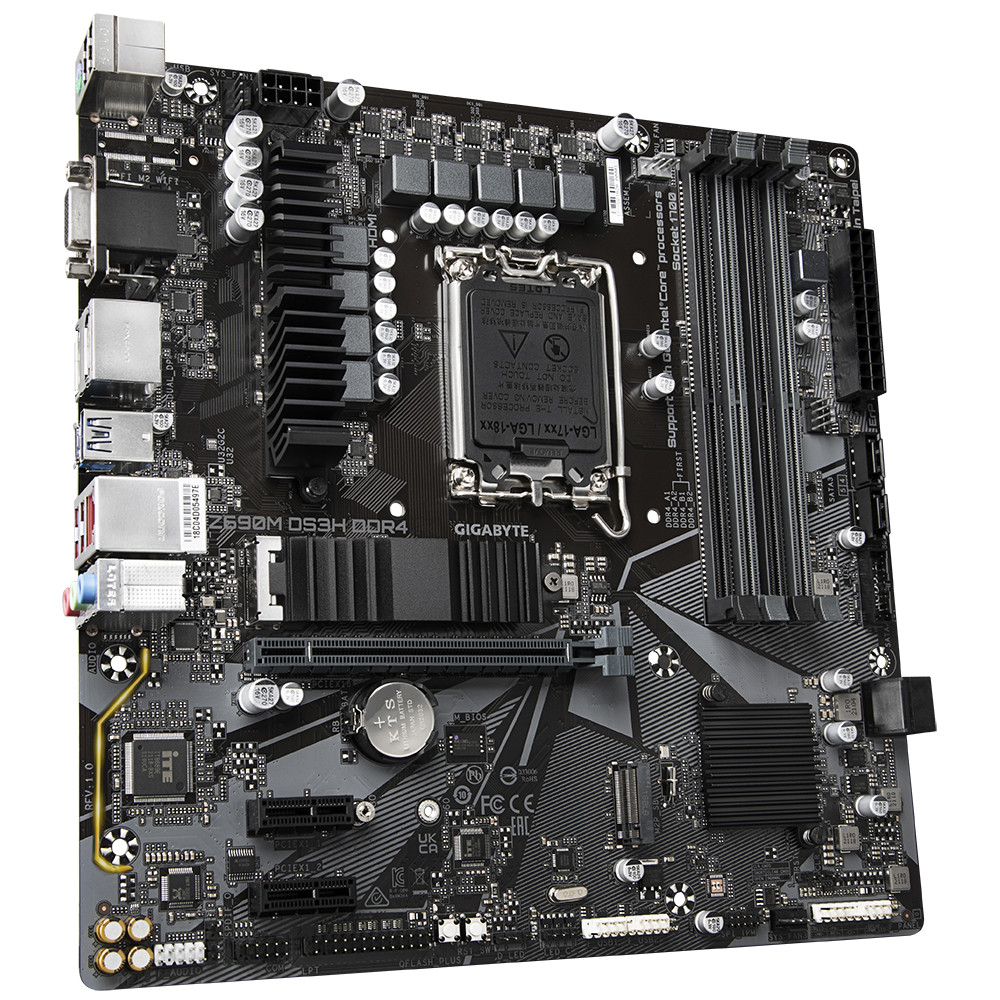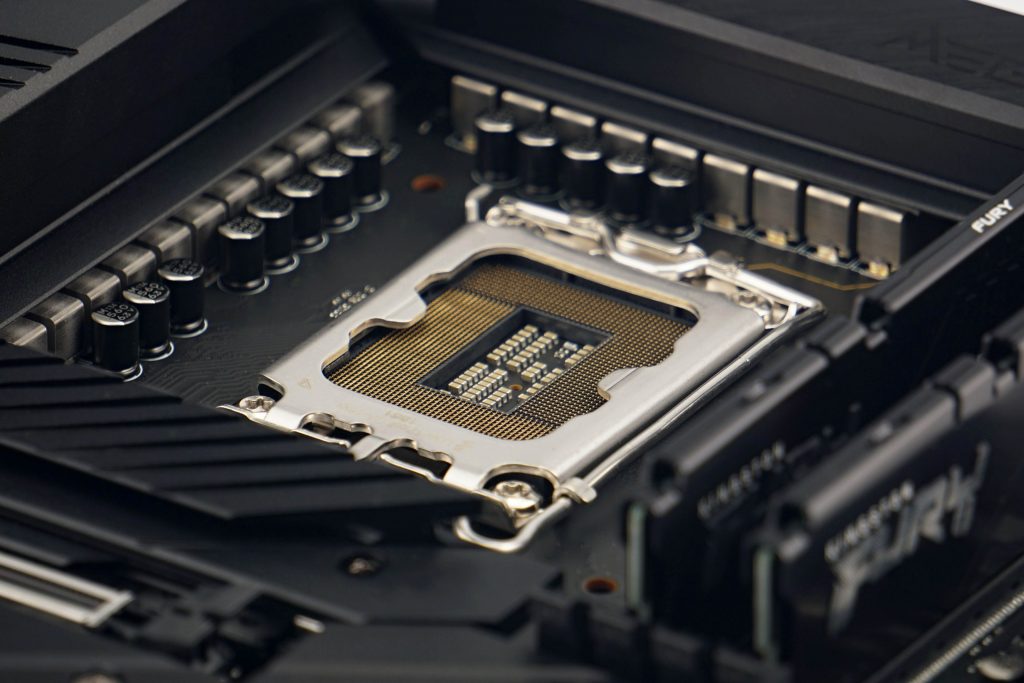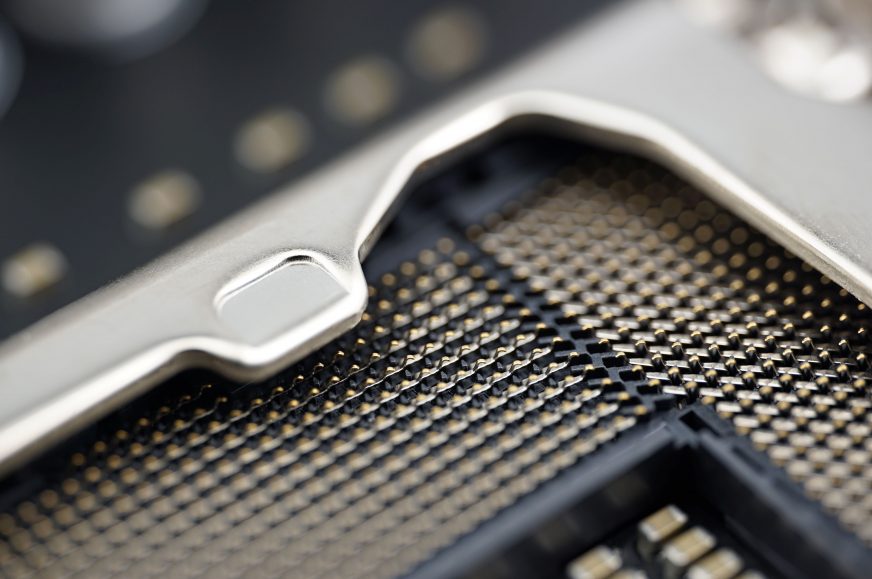Higher cost PCBs? Or is there something else behind the Z690 boards prices?
We got a peek at the prices of cheaper B660 motherboards for Intel Alder Lake recently. So far, motherboards for the new desktop platform have generally been expensive. Why is that? According to TechPowerUp’s intel, it’s a combination of many factors and several features of Alder Lake processors. Some are quite surprising, for example the LGA 1700 socket itself is apparently much more expensive than you’d expect it to be.
Perhaps the most broadly assumed reason for the higher price levels for Alder Lake motherboards is that they come with support for DDR5 memory as well as PCI Express 5.0. Therefore, it is also expected that one of these features (or both) could often be sacrificed in favor of a lower price. This was the case, for example, with Gigabyte’s Z690 board supporting only PCI Express 4.0, where that this limitation reportedly allowed the use of cheap quad-layer PCBs (and it is particularly multilayer PCBs that are supposed to be getting more expensive now due to copper prices and lack of copper foil).
TechPowerUp informs that they have been asking their sources in the industry about the various increased costs and more expensive features of the Z690 platform motherboards. Surprisingly, according to them, PCBs are actually not such a big deal – they do raise the price, but usually the cost impoct is only “a few dollars”. It’s a directly incurred manufacturing cost hike, but there is also the secondary factor that such boards are also more difficult to design.

PCI Express 5.0 also requires different slots, which are priced higher than those for PCIe 4.0 or 3.0, but this increase is said to be about 10-20%, which should mean a difference of just a few cents. However, the assembly process is also a bit different, so some manufacturers might have to invest in new equipment at some point as well.
This is a cost that could be temporarily passed on the customer in the price new motherboards. Also, if the board uses PCIe retimers and similar components, their cost is also probably higher with PCI Express 5.0 than with slower standards. However, this should mainly apply to boards that support splitting the PCIe ×16 interface into ×8/×8. If they only have one directly connected ×16 PEG slot, they should usually not need these components, averting this cost increase.
Tip: DDR5 for Alder Lake: big news in XMP 3.0 and Dynamic Memory Boost, but also limitations by slots
The socket itself is a problem
Probably the most interesting part is however that, according to TtechPowerUp, the very LGA 1700 sockets themselves are surprisingly expensive and probably make up a pretty big part of the platform’s “premium” right now. LGA 1700 sockets reportedly cost 2-3x more than LGA 1151/1200 sockets, which the motherboard vendors can currently procure for less than $5 each. The new socket costs around $10-15. It’s not significantly different mechanically, so maybe it’s mostly the fact that it made it into production very recently and prices have yet to come down from the initial premium.

Ironically, the socket is now the most expensive single component after the chipset (for example, the Z690 chipset officially costs $51, although Intel probably sells them at significant volume discounts) and a prominent component in the significantly raised prices of the boards. Especially for the cheapest H610 boards, this is probably a major pricing hurdle now.
The power supply is different and more demanding than on LGA 1200/1151
However, the expensive mechanisms and LGA array are an area where we can perhaps hope for cost going down as time goes and component manufacturers transition their production to this new socket assembly en masse. This is probably less true of the next area, unfortunately, which is power delivery (note: the entire power cascade probably often costs more than the socket, but it consists of many pieces, so it was not considered a single cost item in the previous paragraphs).

The fact that the LGA 1700 platform has a more demanding power delivery system plays a rather important role. It’s not just the currents required alone, there is a new power delivery scheme designated IMPV9.1 (versus IMPVP8 on the LGA 1200). This seems to have necessitated the boards to be fitted only with integrated Power Stages instead of the simpler driver MOSFETs that could previously be found on cheaper boards, helping to bring their prices down. So on the Z690 platform, higher quality stages can cost more money. And there is often a higher number of them used in a given board setup than in the past. It also doesn’t help that these particular components are one of the items that are quite scarce today.
But in addition to these things, there are also other minor price increases in all the various components caused by general shortages and disruption of the component market chains worldwide – as you’ve probably heard many times in the news: there’s no chips, no raw materials, there’s delays in shipping, and so on. Things like aluminum, capacitors, resistors and other elementary components have all become more expensive, plus inventories have been depleted and so supply increasingly has to be booked in advance (in some cases the lead times have reached up to a year or more) and instead of relying on warehouses in the distribution chain, board manufacturers now have to maintain their own inventories.
All of this means that production is not running as optimally as it used to and extra costs are piling up all over the place. These are already affecting new Alder Lake boards as well as old ones. But the difference is that you may have bought those earlier at a time when they were produced in more ideal conditions and at lower cost. It’s probably not entirely fair to currently compare, say, an AM4 board bought two years ago to the price of a new board produced now. If a new unit was being manufactured and sold now (i.e. not from old stock), these general cost increases that are non LGA 1700-specific would how have een factored to that other motherboard in as well, making it more expensive tooo.
Source: techPowerUp
English translation and edit by Jozef Dudáš, original text by Jan Olšan, editor for Cnews.cz
⠀








